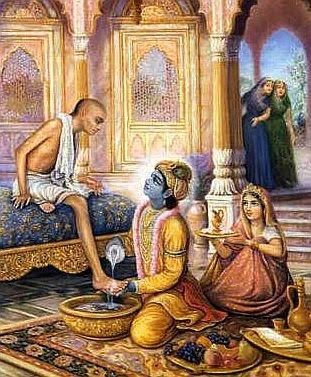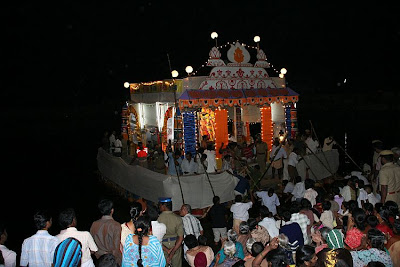I have often mentioned Dr. David Frawley in issues of Arunachala Grace News, the free newsletter sent out direct to subscriber’s email inbox. Dr. Frawley is a regular visitor to Tiruvannamalai and many here have been fortunate to attend his talks and meetings.
Dr. Frawley is an author on Hinduism, Yoga and Ayurveda, and founder and director of the American Institute for Vedic Studies in Sante Fe, New Mexico, which offers courses on Yoga philosophy, Ayurveda, and Hindu astrology. He is Professor of Vedic Astrology and Ayurveda at the International Vedic Hindu University. He also a Vaidya (Ayurvedic doctor), and Jyotishi (Vedic astrologer).
To find out more about David Frawley you can read a short biography at this link here.

I include below a concise, informative and helpful narrative by David Frawley briefly explaining the path of the Jnana Yoga discipline ‘Self-enquiry’.
Yoga of Knowledge
“The Yoga of Knowledge is not a matter of acquiring theoretical or practical information. It is not the practice of the thinking mind, though it may start out with deep pondering of the primary questions of life (such as “who am I,’ Or “what is God, Truth or Reality?”). It is the practice of meditation, which is the mind in the sate of non-judgmental observation. Hence, the classical Jnani, or man of spiritual knowledge, is quite different than the philosopher straining at subtle ideas. He is often silent, impersonal and inactive, like the natural sage of Lao-Tse. Yogic knowledge is the state of awareness itself, which has not object and seeks no end, which relies on no book but reads the message of life moment by moment.
Hence, there is little theory to the Yoga of knowledge. Its prime statement is simple – Know Thyself. It usually avoids all metaphysical theories and discussions, including how did the world begin or what is the order of creation. Some knowledge teachings do not even require belief in God, guru, or any religions faith and are outside of any formality or ceremony. They state that all explanations of things belong to the mind. The truth is something that cannot be put into words, which is beyond all theories, outside of all beliefs. It has to be experienced in the state of seeing, which can only be learned through choiceless observation. Hence, Jnana Yoga is very simple, though very hard to do, as it requires going beyond our very mind and habitual though process.
Self Enquiry
The most basic practise of the Yoga of Knowledge is Self-enquiry (Atma Vichara). It consists of tracing the self or “I” thought to its origin. If we observe our minds carefully, we see that all thoughts are based upon the “I-thought.” We cannot think about anything without first having an idea about ourselves. But if we look deeply, we see that the “I” itself is something unknown to us.
We are constantly projecting our identity on some external object or quality: “I am this, this is mind.” We are constantly mixing this unknown “I” with some known thing. “I am good or bad; I am wise or foolish; I am happy or sad; I am a Hindu, Buddhist or Christian; I am an American or Russian: I am black or white or yellow.” All of these are thoughts in which the “I” is referred to an object that is really different from it. What the “I” is in itself we do not know and cannot know as long as we are projecting it on to something.
Our most basic projection is our self-image, which is our “I am the body” idea. Yet, we can observe our body grow and decline. We can perceive it as an instrument or vehicle we use but as different from who we really are. If we are perceptive, we can discern that our basic consciousness or state of seeing is ever pure, beyond all external changes. Though our body may age and our thoughts may change, our seeing is external. As long as we are identified with the body, or through it with any external thing, we must suffer, because all external things are transient and we long for eternal and permanent happiness. Our very longing for this lasting happiness is proof of our nature in consciousness as blissful and pure.
This does not mean that the body is bad or sinful or to be denied. It is the best vehicle nature can provide. Yet is only a vehicle. It is no more who we are than our car is. In no longer identifying with the body, we come to treat it properly and no longer abuse it for personal gratification.”



















































